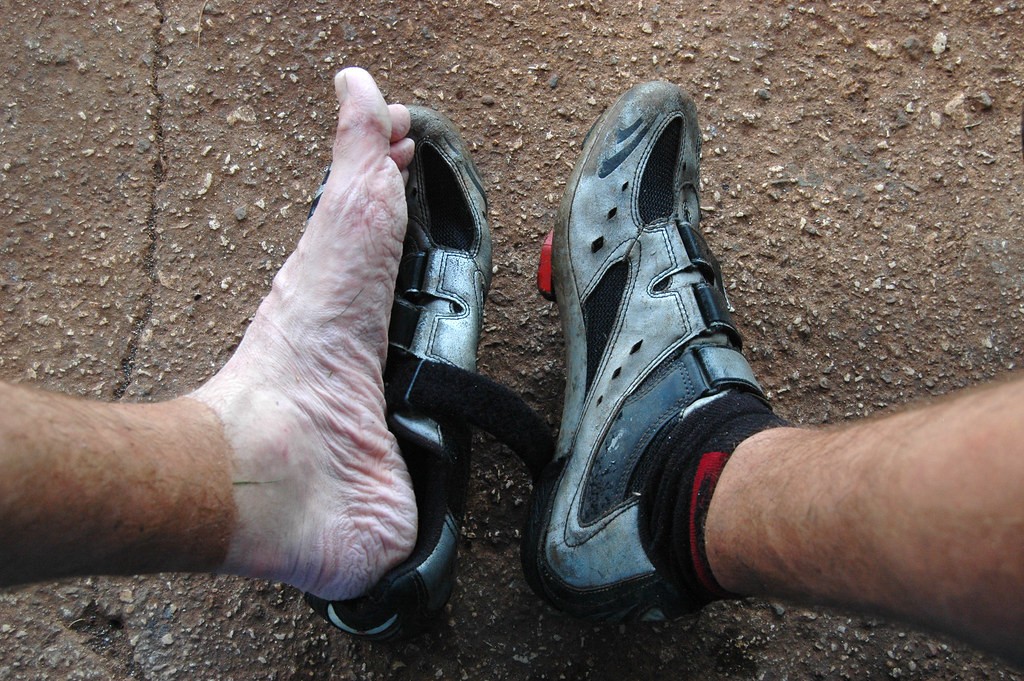Trench foot – is this still a thing?
Trench foot is a condition documented widely during the First and Second World Wars when soldiers had to endure months of exposure to wet and cold conditions in the trenches, affecting tens of thousands of troops.
Despite its history, this condition is still affecting many people today where they are exposed to wet, damp and cold conditions. Feet can become red initially but as the blood vessels constrict the skin becomes pale and wrinkled. This then causes the feet to swell and they can also become numb with feelings of heaviness, prickly or pain.
If left untreated, damage can occur to the tissues and nerves inside the foot with resultant blistering and ulceration of the skin. Worse still ulcers can turn into gangrene.
Who’s at risk?
Those people who are vulnerable and homeless. They are subjected to prolonged periods of time in cold, wet and damp conditions. They are very at risk of Trench Foot but it is not just isolated to the homeless or during winter months.
Sports competitors (runners,rowers, sailors, windsurfers) are susceptible to trench foot. Festival goers who spend wet weekend events knee high in mud are also pron to trench foot.
Management of trench foot
Managing trench foot is similar to dealing with frostbite. Where re-warming the feet gently and slowly is key- rapid rewarming can make the symptoms worse. Dressings blisters as part of wound care is important to prevent ulcers. It is worth noting that nerve damage and other symptoms may persist for many months afterwards. Podiatrists are trained in the management of trench foot.
How do you prevent it?
Prevention is always better than cure for trench foot.
Wearing clean, dry socks is key and having spares to change into is also a must . Putting sock liners into footwear can help draw moisture away from skin.
Footwear should be removed frequently during the day and it is important that footwear is neither too tight or too loose. Like socks, footwear needs to be dry before wearing.
The feet should be clean and allowed to dry, with any excess sweating controlled by aluminium chloride products.
Massaging the feet can help promote circulation , and smoking is to be avoided as this restricts blood flow into the feet.
Trench foot is not just a soldiers problem. Click here to read more about our winter homeless campaign with the gatehouse in Oxford assisting the collection of new socks.


